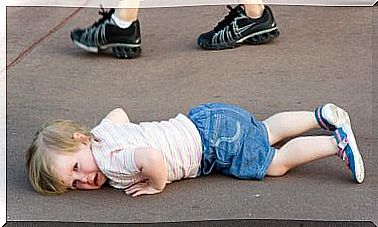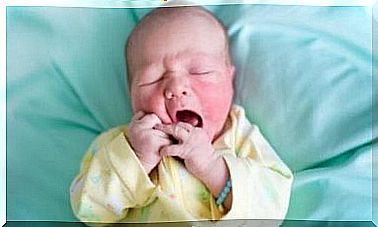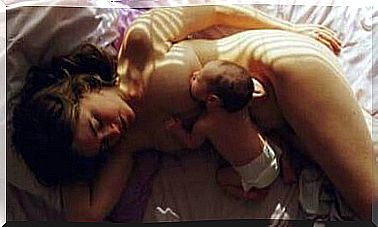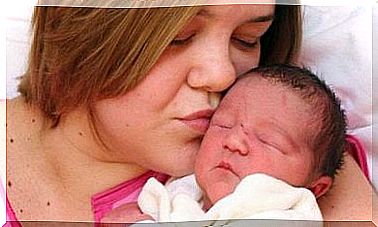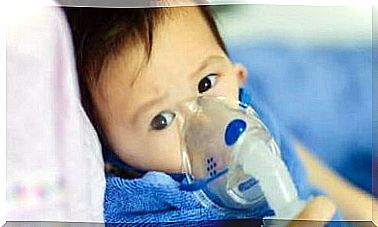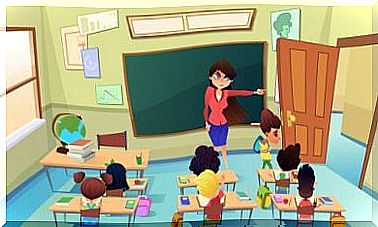Stereotypes In Childhood
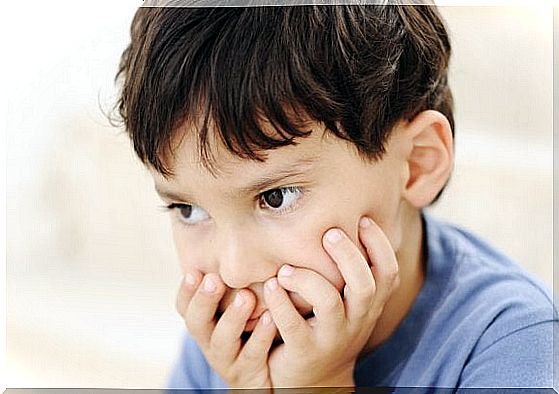
As stereotypes are called repetitive movements without functional or purposeful character. It can be simple movements such as torso swings, head movements, finger tapping or more complex patterns.
In childhood, these stereotypes are often part of the child’s development and should therefore not cause parents too much concern.
It is a childhood motor disorder that causes repetitive but gratuitous movements. This usually occurs between the ages of 2 and 5, but sometimes these movement patterns persist until adolescence.
Stereotypes are long episodes in which the same movements are repeated over and over again. Boys are more likely to be affected than girls. There is no brain damage, but the exact causes of this disorder are not yet understood.
Usually these are behaviors that can be controlled by the data subject. They can last a few seconds or even several hours and be repeated many times in one day.
These disorders are often present throughout the developmental phase, but can subside as the child grows without any treatment.
Typical situations in which stereotypes keep recurring are: on a car trip, while eating or watching TV.
Symptoms of stereotypes in childhood
As already mentioned, it is about movements, a certain posture or a repetitive expression. It can be simple torso rocking or complex movements like crossing your legs. Many different and very unusual movement patterns can occur.
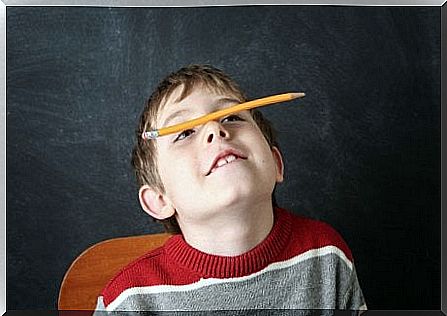
These repetitive movements do not necessarily indicate a severe movement disorder in young children. Complex stereotypes are far less common; they only occur in around 3 to 4% of children.
Each child expresses stereotypes differently. They can occur in certain situations, such as boredom, stress, excitement or exhaustion. Some children can stop the movement as soon as they become aware of it or if they are distracted. Others cannot stop.
Very often, children with autism develop repetitive behavior patterns and stereotypes. Motor stereotypes are also often diagnosed with neurodevelopmental diseases or intellectual problems. But they can also be found in children who develop completely normally.
What can be done about childhood stereotypes?
The repetitive movements usually begin in the first three years of life. As already mentioned, the exact causes for this have not been adequately researched. But there are certain factors that play a role. Certain drugs can also cause stereotypical movements, but once they are stopped they usually go away.
Medicines are usually not prescribed to children with stereotypes unless the movement disorder is very severe. Because the side effects can be worse than the disorder itself.
However, early detection and correct treatment improves results. But usually no treatment is necessary, as the movement disorders subside spontaneously. Behavioral therapy can be very helpful for psychological or psychiatric causes.

Conclusion
In summary, it should be mentioned that motor stereotypes mostly occur in young children and can be present until adolescence. Depending on the causes, behavioral therapies or medication can be used, but the movement disorders often subside on their own.
Most children do not need specific treatment as they respond well to self-help strategies. The movement disorders then disappear with increasing age.
However, they can have a negative impact on school performance and relationships with other children. In this case, many choose treatment.


